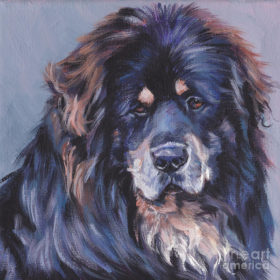
What is the purpose of a dog’s dew claw, why do some breeds have them on their back feet, and why is it called a dew claw?
You’re going to love this.
When a dog walks through the grass in the morning before the dew has vanished, the claw (located up a dog’s leg) skims along the top of the grass. According to one story, that’s how the dew claw got its name. Accurate? We aren’t sure, but we hope so if only because it’s a charming bit of trivia.
Not all dogs are born with dew claws; some only have it on the front leg, other have them on all four legs. Some breeds can have double dew claws and when they do, it’s called being “polydactyl.” Double dewclaws can be found on Anatolian Shepherds, Australian Shepherds, Estrela Mountain Dogs, Icelandic Sheepdogs, Norwegian Lundehunds, and Spanish Mastiffs, all large breeds that use their functional double dewclaw for stability in rough terrain.
At one time, dewclaws were classified as another toe, and are regarded by some experts to be vestigial structures. But some dogs use them to hold onto objects like toys, bones, or chewies, and exhibit impressive control to where they use a dew claw to scratch a nose or ear. We’ve come across sources that referred to this fifth digit as a dog’s thumbs.
Some breeds, like Catahoulas, Basenjis and “Singers” (New Guinea Singing Dogs) use their dew claws to grasp bark as they climb a tree. In some working breeds, back dew claws offer a dog better stability as s/he runs over rough terrain or make sharp turns. In many breeds, dew claws serves no particular purpose and are often snipped off three to five days after birth to prevent painful injury later in life should the nail snag or rip off. Unlike front dewclaws which have bone and muscle in them, back dewclaws have little of either in most breeds.
The Briard, the Beauceron, and the Great Pyrenees all require double dew claws on each back foot to meet their breed standard, while Saint Bernard require single rear dewclaws. Some breeds can go either way: From the Tibetan Mastiff standard: “Feet – A single or double dewclaw may be present on the rear feet.”
Image:Tibetan Mastiff by LA Shepard/thedoglover
www.facebook.com/L.A.ShepardArt
www.etsy.com/shop/TheDogLover
